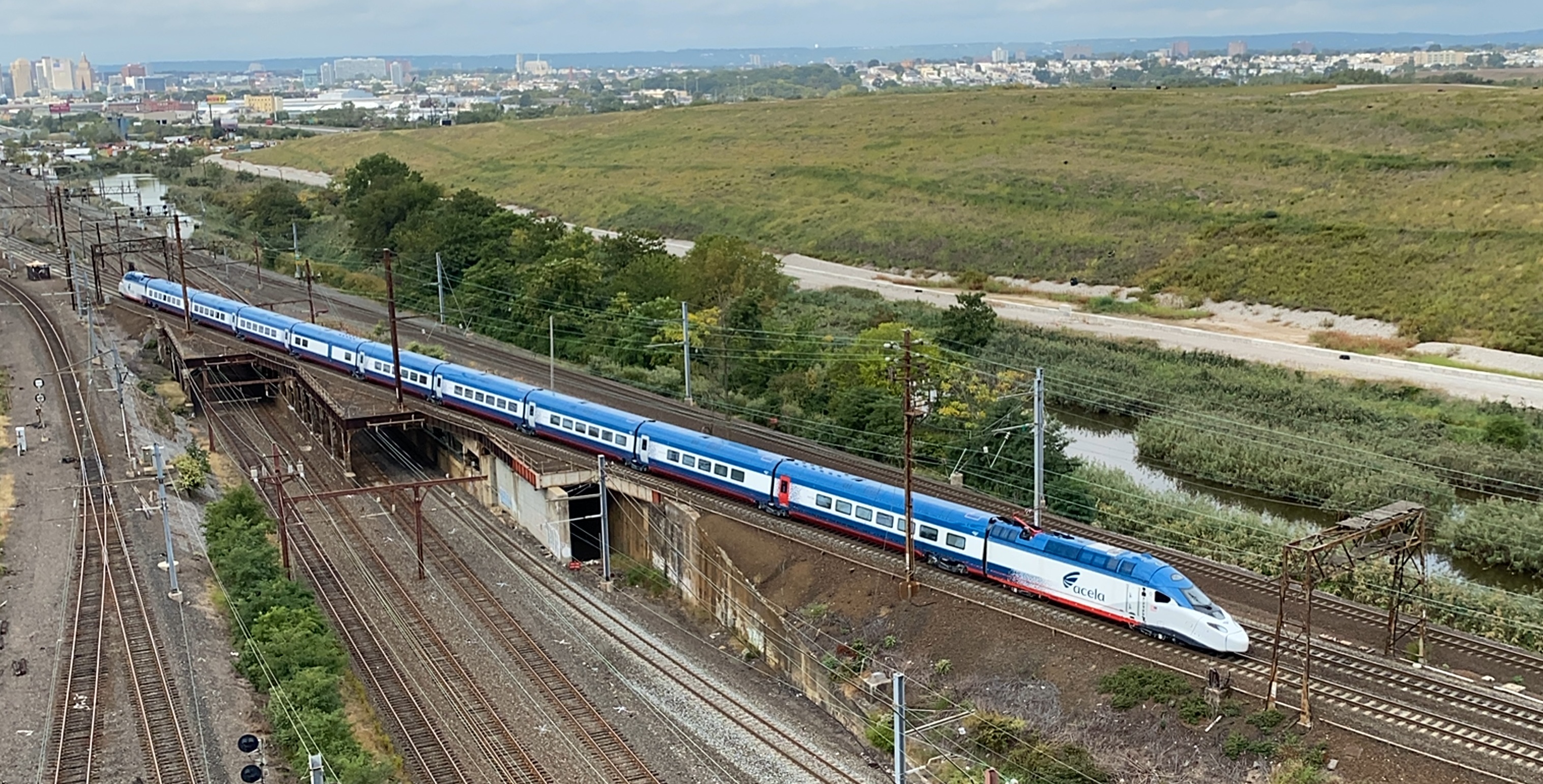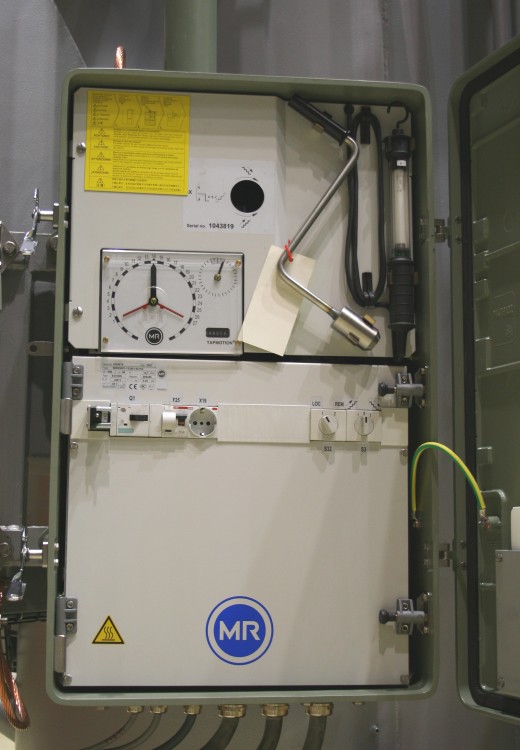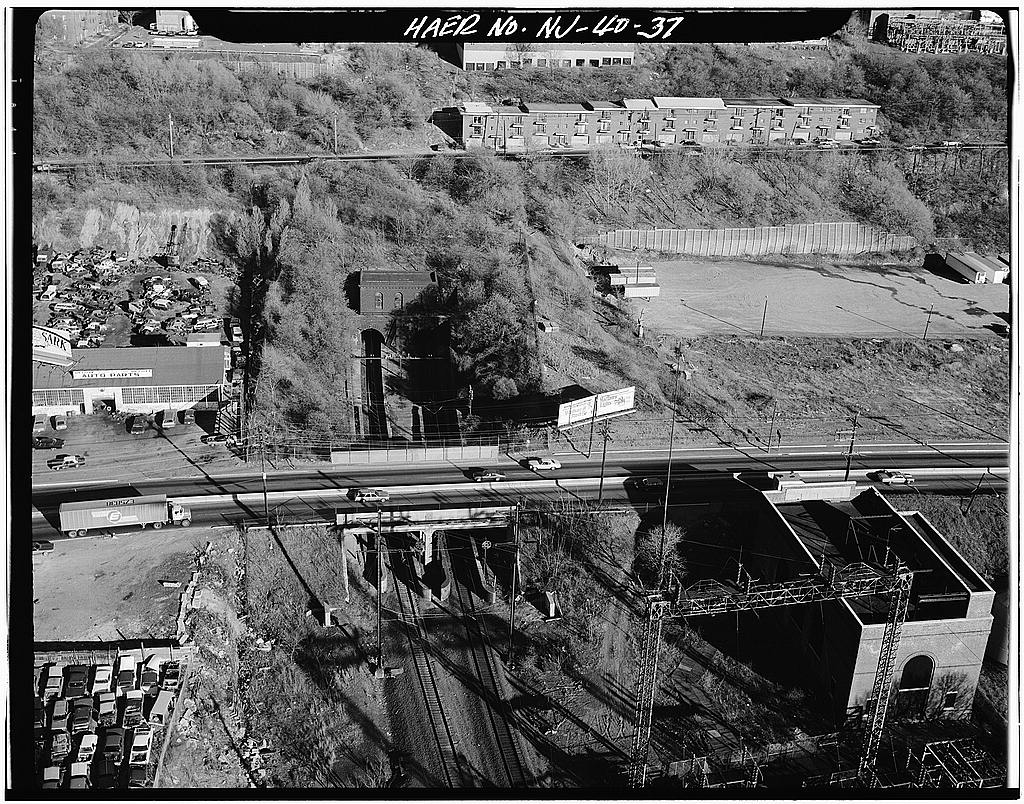|
Amtrak's 25 Hz Traction Power System
The traction power network of Amtrak uses 25 Hz for the southern portion of the Northeast Corridor (NEC), the Keystone Corridor, and several branch lines between New York City and Washington D.C. The system was constructed by the Pennsylvania Railroad between 1915 and 1938 before the North American power transmission grid was fully established. This is the reason the system uses 25 Hz, as opposed to 60 Hz, which became the standard frequency for power transmission in North America. The system is also known as the Southend Electrification, in contrast to Amtrak's 60 Hz traction power system that runs between Boston and New Haven, which is known as the Northend Electrification system. In 1976, Amtrak inherited the system from Penn Central Transportation Company, Penn Central, the successor to the Pennsylvania Railroad, along with the rest of the NEC infrastructure. Only about half of the system's electrical capacity is used by Amtrak; the remainder is sold to the reg ... [...More Info...] [...Related Items...] OR: [Wikipedia] [Google] [Baidu] |
Avelia Liberty
Avelia Liberty, also known as NextGen Acela and Acela II, is a tilting high-speed passenger trainset built for the North American market by French manufacturer Alstom and assembled in the United States. Amtrak has ordered 28 train sets for use on its flagship '' Acela'' service along the Northeast Corridor between Boston, New York, and Washington, promising higher capacity than the first-generation Acela trainset. Part of Alstom's Avelia family of high-speed trains, the Avelia Liberty is similar to the SNCF TGV M but adapted for Federal Railroad Administration Tier III crashworthiness standards and other North American requirements. The trains, two of which were delivered and began testing in 2020, have experienced years of delays and have not yet entered commercial service despite multiple claims by Amtrak that the trains would begin service in 2022, 2023, and 2024. , the trains were undergoing testing and were expected to enter passenger service in spring 2025. Howeve ... [...More Info...] [...Related Items...] OR: [Wikipedia] [Google] [Baidu] |
Chestnut Hill West Line
The Chestnut Hill West Line is a route of the SEPTA SEPTA Regional Rail, Regional Rail network. It connects Northwest Philadelphia, including the eponymous neighborhood of Chestnut Hill, Philadelphia, Pennsylvania, Chestnut Hill, West Mount Airy, Philadelphia, Pennsylvania, West Mount Airy, and Germantown, Philadelphia, Germantown, to Center City, Philadelphia, Center City. Route Chestnut Hill West Line trains originate at Temple University station, Temple University on the SEPTA Main Line. They use the Center City Commuter Connection to reach 30th Street Station. From there, they use the Northeast Corridor to reach North Philadelphia station, North Philadelphia, where the Chestnut Hill West Branch diverges from the Northeast Corridor. Its terminal is named Chestnut Hill West (SEPTA station), Chestnut Hill West to distinguish it from the end of the Chestnut Hill East Line (a competing line of the Reading Company until 1976, when Conrail assumed operations, SEPTA took over i ... [...More Info...] [...Related Items...] OR: [Wikipedia] [Google] [Baidu] |
New York, New Haven And Hartford Railroad
The New York, New Haven and Hartford Railroad , commonly known as The Consolidated, or simply as the New Haven, was a railroad that operated principally in the New England region of the United States from 1872 to 1968. Founded by the merger of the New York and New Haven Railroad, New York and New Haven and Hartford and New Haven Railroad, Hartford and New Haven railroads, the company had near-total dominance of railroad traffic in Southern New England for the first half of the 20th century. Beginning in the 1890s and accelerating in 1903, New York banker J. P. Morgan sought to monopolize New England transportation by arranging the NH's acquisition of 50 companies, including other railroads and steamship lines, and building a network of electrified trolley lines that provided interurban transportation for all of southern New England. By 1912, the New Haven operated more than of track, with 120,000 employees, and practically monopolized traffic in a wide swath from Boston to New ... [...More Info...] [...Related Items...] OR: [Wikipedia] [Google] [Baidu] |
Track Geometry
Track geometry is concerned with the properties and relations of points, lines, curves, and surfaces in the three-dimensional positioning of railroad Track (rail transport), track. The term is also applied to measurements used in design, construction and maintenance of track. Track geometry involves standards, speed limits and other regulations in the areas of track gauge, alignment, elevation, curvature and track surface. Standards are usually separately expressed for Horizontal plane, horizontal and Vertical direction, vertical layouts although track geometry is three-dimensional. Layout Horizontal layout Horizontal layout is the track layout on the horizontal plane. This can be thought of as the Multiview orthographic projection#Plan, plan view which is a view of a 3-dimensional track from the position above the track. In track geometry, the horizontal layout involves the layout of three main track types: ''tangent track'' (straight line), ''curved track'', and ''track transit ... [...More Info...] [...Related Items...] OR: [Wikipedia] [Google] [Baidu] |
Pantograph (rail)
A pantograph (or "pan" or "panto") is an apparatus mounted on the roof of an electric train, tram or trolley buses to collect power through contact with an overhead line. The term stems from the resemblance of some styles to the mechanical pantographs used for copying handwriting and drawings. The pantograph is a common type of current collector; typically, a single or double wire is used, with the return current running through the rails. Other types of current collectors include the bow collector and the trolley pole. Invention The pantograph, with a low-friction, replaceable graphite contact strip or "shoe" to minimise lateral stress on the contact wire, first appeared in the late 19th century. Early versions include the bow collector, invented in 1889 by Walter Reichel, chief engineer at Siemens & Halske in Germany, and a flat slide-pantograph first used in 1895 by the Baltimore and Ohio Railroad. The familiar diamond-shaped roller pantograph was devised and p ... [...More Info...] [...Related Items...] OR: [Wikipedia] [Google] [Baidu] |
Tap Changer
A tap changer is a mechanism in transformers that allows for variable turn ratios to be selected in distinct steps. This is done by connecting to a number of access points, known as taps along either the primary or secondary windings. Tap changers exist in two primary types, no-load tap changers (NLTC), which must be de-energized before the turn ratio is adjusted, and on-load tap changers (OLTC), which may adjust their turn ratio during operation. The tap selection on any tap changer may be made via an automatic system, as is often the case for OLTC, or a manual tap changer, which is more common for NLTC. Automatic tap changers can be placed on a lower or higher voltage winding, but for high-power generation and transmission applications, automatic tap changers are often placed on the higher voltage (lower current) transformer winding for easy access and to minimize the current load during operation. Tap changing No-load tap changer No-load tap changer (NLTC), also known as Off ... [...More Info...] [...Related Items...] OR: [Wikipedia] [Google] [Baidu] |
Universal Motor
The universal motor is a type of electric motor that can operate on either AC or DC power and uses an electromagnet as its stator to create its magnetic field. It is a commutated series-wound motor where the stator's field coils are connected in series with the rotor windings through a commutator. It is often referred to as an AC series motor. The universal motor is very similar to a DC series motor in construction, but is modified slightly to allow the motor to operate properly on AC power. This type of electric motor can operate well on AC because the current in both the field coils and the armature (and the resultant magnetic fields) will alternate (reverse polarity) synchronously with the supply. Hence the resulting mechanical force will occur in a consistent direction of rotation, independent of the direction of applied voltage, but determined by the commutator and polarity of the field coils.Herman, Stephen L. ''Delmar's Standard Textbook of Electricity, 3rd Edition.'' Cl ... [...More Info...] [...Related Items...] OR: [Wikipedia] [Google] [Baidu] |
Alternating Current
Alternating current (AC) is an electric current that periodically reverses direction and changes its magnitude continuously with time, in contrast to direct current (DC), which flows only in one direction. Alternating current is the form in which electric power is delivered to businesses and residences, and it is the form of electrical energy that consumers typically use when they plug kitchen appliances, televisions, Fan (machine), fans and electric lamps into a wall socket. The abbreviations ''AC'' and ''DC'' are often used to mean simply ''alternating'' and ''direct'', respectively, as when they modify ''Electric current, current'' or ''voltage''. The usual waveform of alternating current in most electric power circuits is a sine wave, whose positive half-period corresponds with positive direction of the current and vice versa (the full period is called a ''wave cycle, cycle''). "Alternating current" most commonly refers to power distribution, but a wide range of other appl ... [...More Info...] [...Related Items...] OR: [Wikipedia] [Google] [Baidu] |
Third Rail
A third rail, also known as a live rail, electric rail or conductor rail, is a method of providing electric power to a railway locomotive or train, through a semi-continuous rigid conductor placed alongside or between the rails of a track (rail transport), railway track. It is used typically in a mass transit or rapid transit system, which has alignments in its own corridors, fully or almost fully segregated from the outside environment. Third-rail systems are usually supplied with direct current. Modern tram systems with street running avoid the electrical injury risk of the exposed electric rail by implementing a segmented ground-level power supply, where each segment is electrified only while covered by a vehicle which is using its power. The third-rail system of electrification is not related to the third rail used in dual gauge, dual-gauge railways. The system is generally associated with a low voltage (rarely above 750 V) and is far less used for main lines than ... [...More Info...] [...Related Items...] OR: [Wikipedia] [Google] [Baidu] |
Direct Current
Direct current (DC) is one-directional electric current, flow of electric charge. An electrochemical cell is a prime example of DC power. Direct current may flow through a conductor (material), conductor such as a wire, but can also flow through semiconductors, electrical insulation, insulators, or even through a vacuum as in electron beam, electron or ion beams. The electric current flows in a constant direction, distinguishing it from alternating current (AC). A archaism, term formerly used for this type of current was galvanic current. The abbreviations ''AC'' and ''DC'' are often used to mean simply ''alternating'' and ''direct'', as when they modify ''Electric current, current'' or ''voltage''. Direct current may be converted from an alternating current supply by use of a rectifier, which contains Electronics, electronic elements (usually) or electromechanical elements (historically) that allow current to flow only in one direction. Direct current may be converted into alt ... [...More Info...] [...Related Items...] OR: [Wikipedia] [Google] [Baidu] |
Pennsylvania Station (New York City)
Pennsylvania Station (also known as New York Penn Station or simply Penn Station) is the main inter-city rail, intercity railroad station in New York City and the List of busiest railway stations in North America, busiest transportation facility in the Western Hemisphere, serving more than 600,000 passengers per weekday . The station is located beneath Madison Square Garden in the block bounded by Seventh Avenue (Manhattan), Seventh and Eighth Avenue (Manhattan), Eighth Avenues and 31st and 33rd Streets and in the James A. Farley Building, with additional exits to nearby streets, in Midtown Manhattan. It is close to several popular Manhattan locations, including Herald Square, the Empire State Building, Koreatown, Manhattan, Koreatown, and Macy's Herald Square. Penn Station has 21 tracks fed by seven tunnels, including its two North River Tunnels, four East River Tunnels, and one Empire Connection tunnel. It is at the center of the Northeast Corridor, a passenger rail line that ... [...More Info...] [...Related Items...] OR: [Wikipedia] [Google] [Baidu] |
New York Tunnel Extension
The New York Tunnel Extension (also New York Improvement and Tunnel Extension) is a combination of railroad tunnels and approaches from New Jersey and Long Island to Pennsylvania Station in Midtown Manhattan. It was built by the Pennsylvania Railroad (PRR) at the beginning of the 20th century to improve railroad access throughout the greater New York City area, and led to the line's then-new passenger facility, Pennsylvania Station. Planning The PRR had consolidated its control of railroads in New Jersey with the lease of United New Jersey Railroad and Canal Company in 1871, thereby extending its rail network from Philadelphia northward to Jersey City. Crossing the Hudson River, however, remained a major obstacle. To the east, the Long Island Rail Road (LIRR) ended at the East River. In both situations, passengers had to transfer to ferries to Manhattan. This put the PRR at a disadvantage relative to its closest competitor, the New York Central Railroad, which already served ... [...More Info...] [...Related Items...] OR: [Wikipedia] [Google] [Baidu] |









